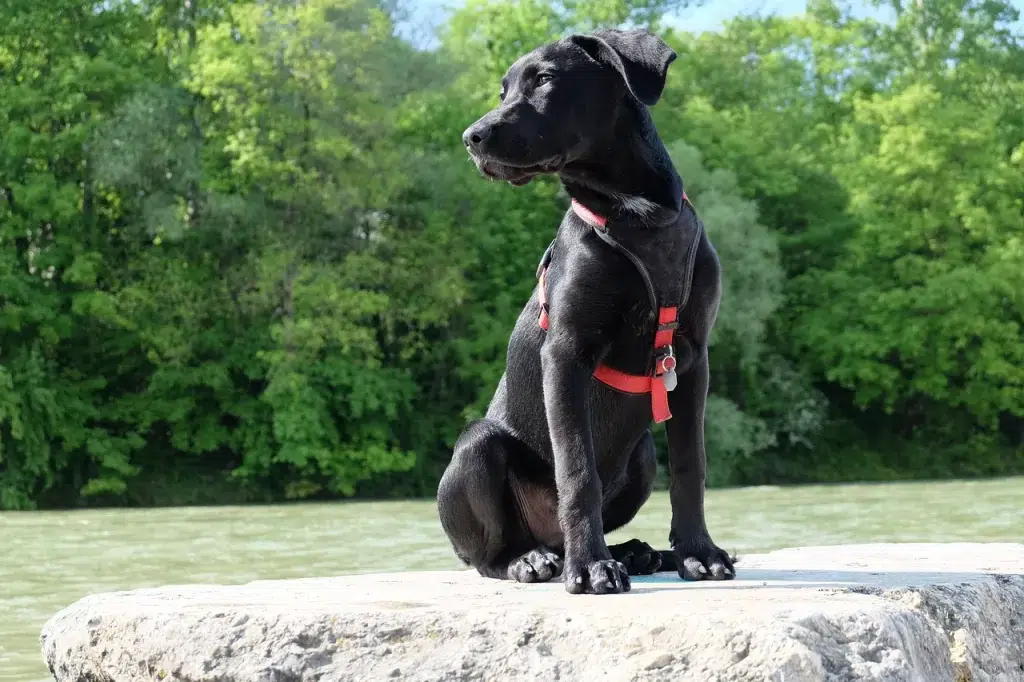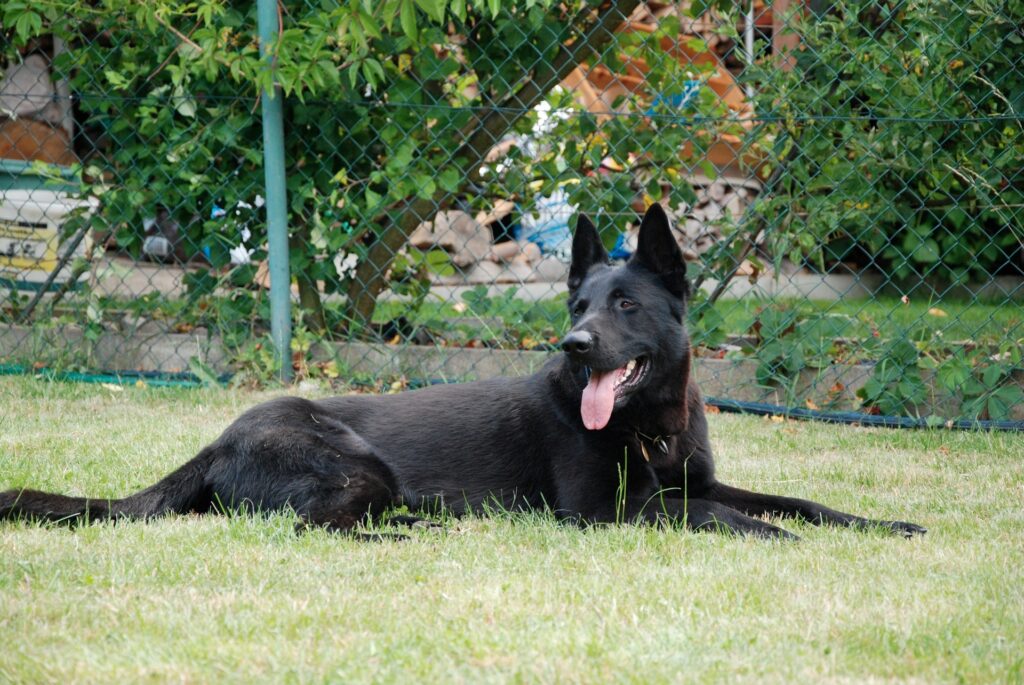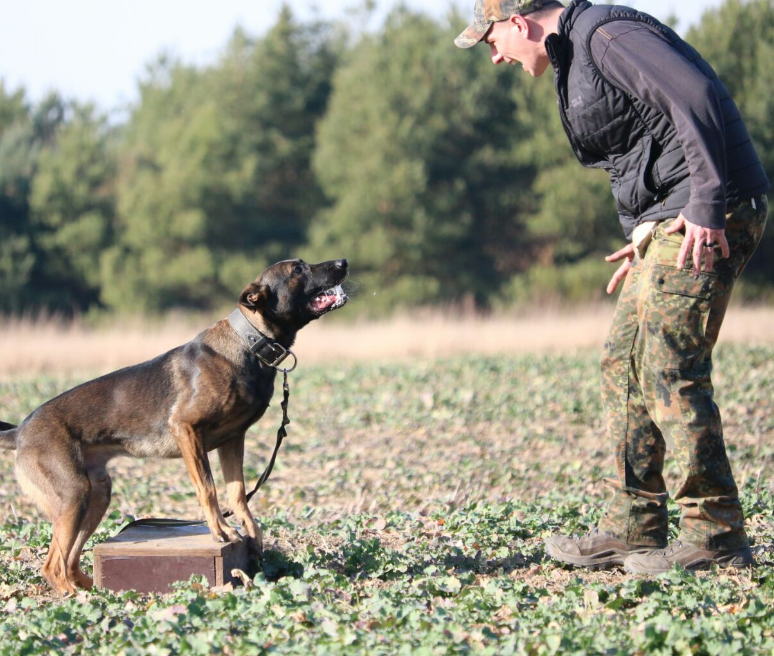
Introduction:
Mission-Ready In the realm of search and rescue operations, the bond between humans and their four-legged companions takes center stage. The agility, intelligence, and unwavering loyalty of dogs make them indispensable partners in missions where every second counts. From locating missing persons to detecting disaster survivors, mission-ready dogs play a crucial role in saving lives. In this guide, we’ll delve into the world of search and rescue dogs, exploring their training, skills, and the profound impact they have on emergency response teams.
I. Breeds Built for the Task:
Not all dogs are created equal when it comes to search and rescue missions. Certain breeds are naturally inclined to excel in these high-stakes situations. German Shepherds, Labrador Retrievers, and Belgian Malinois are just a few examples of breeds known for their intelligence, strength, and trainability. Understanding the unique characteristics of each breed is crucial in selecting the right partner for a specific mission.
II. Specialized Training:
Search and rescue dogs undergo rigorous training to develop the skills necessary for their mission. Obedience training forms the foundation, followed by specialized skills such as scent detection, tracking, and agility. Handlers work closely with their canine counterparts, fostering communication and building a strong bond that is essential in high-pressure situations. The ability to navigate various terrains, work in challenging weather conditions, and remain calm in chaotic environments are key aspects of a mission-ready dog’s training.
III. Scent Detection:
One of the most remarkable abilities of search and rescue dogs is their keen sense of smell. Dogs can detect scents at incredibly low concentrations, making them invaluable in locating missing persons or survivors in disaster-stricken areas. Whether it’s detecting human scent in rubble or tracking a person through dense forests, the olfactory prowess of these dogs is a game-changer in search operations.
IV. Team Dynamics:
Search and rescue operations are collaborative efforts that involve both human and canine team members. Effective communication between handlers and dogs is vital, and teams often train intensively to refine their coordination. Trust and understanding between the two are essential elements that contribute to the success of a mission. Handlers rely on their dogs to signal when they’ve found a target, and the dogs, in turn, trust their handlers to guide them through complex situations.
V. Emotional Resilience:
Beyond their physical abilities, mission-ready dogs also exhibit a remarkable level of emotional resilience. These dogs often work in emotionally charged environments, encountering distressing scenes and distressed individuals. Their ability to remain focused and perform their duties amidst chaos highlights the emotional intelligence and adaptability inherent in these remarkable animals.
Conclusion:
Search and rescue dogs are unsung heroes in emergency response efforts, embodying the essence of loyalty, courage, and skill. Their contributions to locating missing persons, aiding disaster survivors, and supporting emergency response teams are immeasurable. As we celebrate the remarkable feats of these mission-ready dogs, let us recognize and appreciate the dedication of their handlers and the profound impact this dynamic partnership has on saving lives. In the world of search, rescue, and repeat, the bond between humans and their canine companions stands as a beacon of hope in times of crisis.


